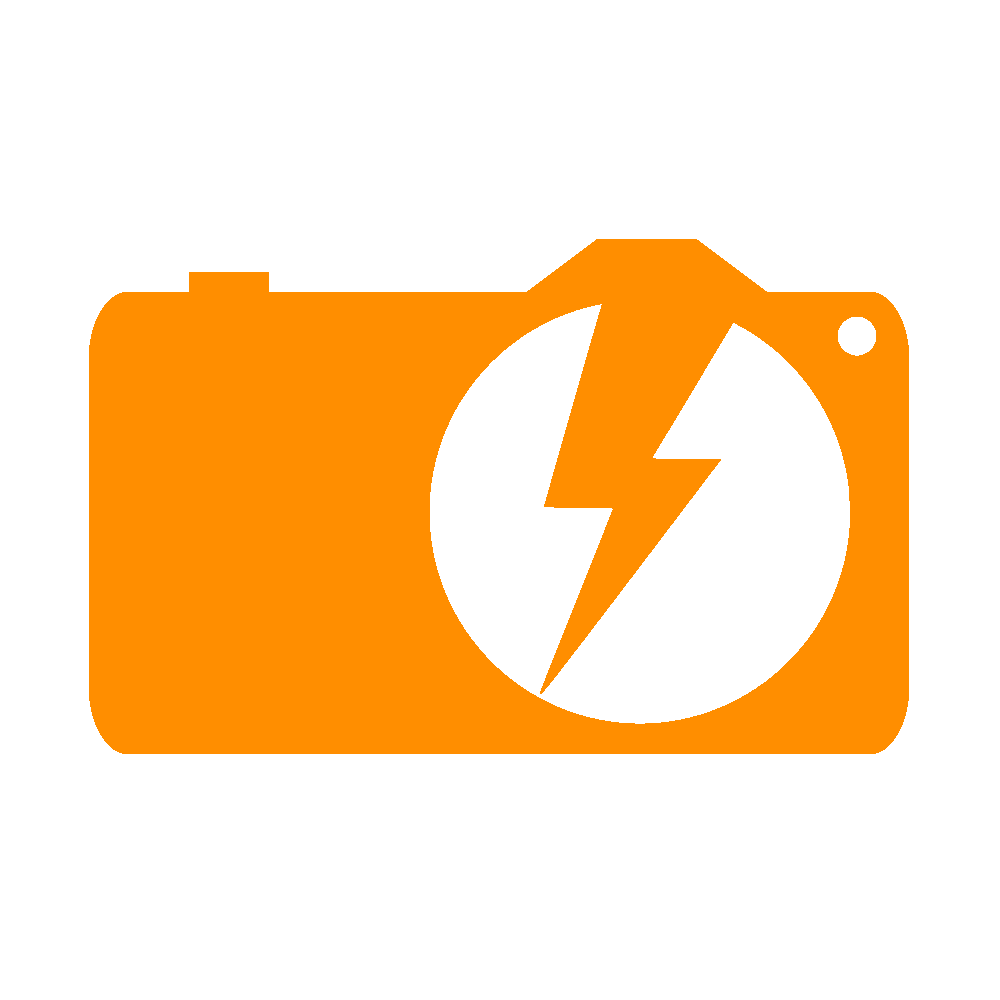The two hemispheres are electrically connected to each other and to an AC power supply, the ring is connected to the same AC supply but 180 degrees out of phase. Particles are charged and then injected into the trap, they are then alternately attracted to the ring and hemispheres causing them to oscillate and become trapped! As the voltage is increased lighter particles pick up more speed until they are finally thrown free from the trap. In ideal conditions ions are all charged the same amount allowing the trap to sort the ions from lightest to heaviest, allowing you to determine the atoms that make up a particular substance.
In this model I can not control the charge on the particles but it is possible to roughly sort them from smallest to largest.
Notes: This trap is scaled WAY up, the ring had a diameter of about 24mm. I’m trapping non-dairy creamer not individual ions. The frequency this trap runs at is WAY lower frequency than that of a real ion trap. This trap runs at a much higher voltage than a real trap. Otherwise them mechanism of operation is identical to the real thing.


As in the ion trap used in a mass spectrometer, for example?
That’s super cool! Thanks for sharing and explaining in such detail
Yeah, this is very similar to what is used in some types of mass spectrometers. In my case it sorts dust by its mass/charge ratio.